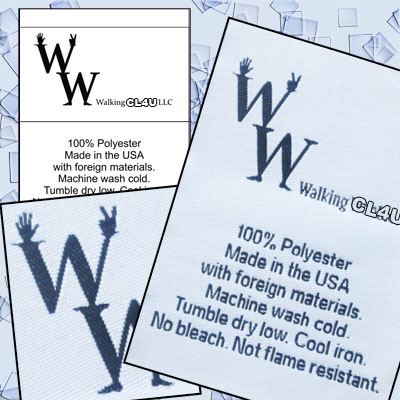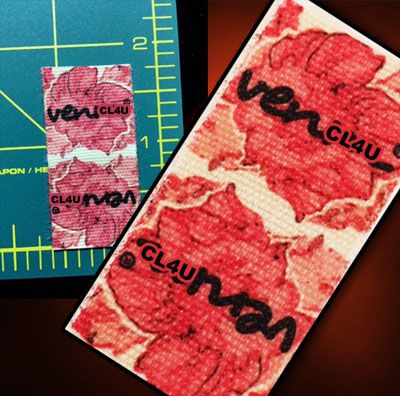LINKEDIN
First, take a look at your profile.
- More people will see your headline than anything else, so make sure it’s well-written and contains quality keywords.
- Replace or update your profile photo with an current professional headshot.
- Work on your summary to highlight your most relevant experience and skills. Think of this as your elevator pitch.
- Do you have a new title, new responsibilities or an expanded set of skills and experiences you should add or highlight?
- Make sure your contact information is updated so clients and others can get in touch.
- Personalize your profile’s URL with your name or business name.
- Use keywords to make sure you’re coming up in relevant searches for people looking for someone like you. Don’t abuse keywords, but do include them in your Headline, Summary and Experience sections.
- Ask happy customers and contacts for recommendations. A good word from a past customer is always helpful.
Next, take a good look at your connections. When you first joined LinkedIn, chances are you accepted most requests to connect. But once you’ve been on the platform for a while, it makes sense to be specific to your industry or your current and prospective clients.
- Remove people from your network who aren’t helpful or positive. Spammers, people who constantly ask for help without returning the favor, etc.
- Keep your network updated. Have you been to any conferences, meetings or other events where you’ve met interesting contacts? Add them to your connections.
- Consider joining industry-relevant groups or leaving those that are no longer useful.

.jpg)
.jpg)
.jpg)
.jpg)

.jpg)
.jpg)